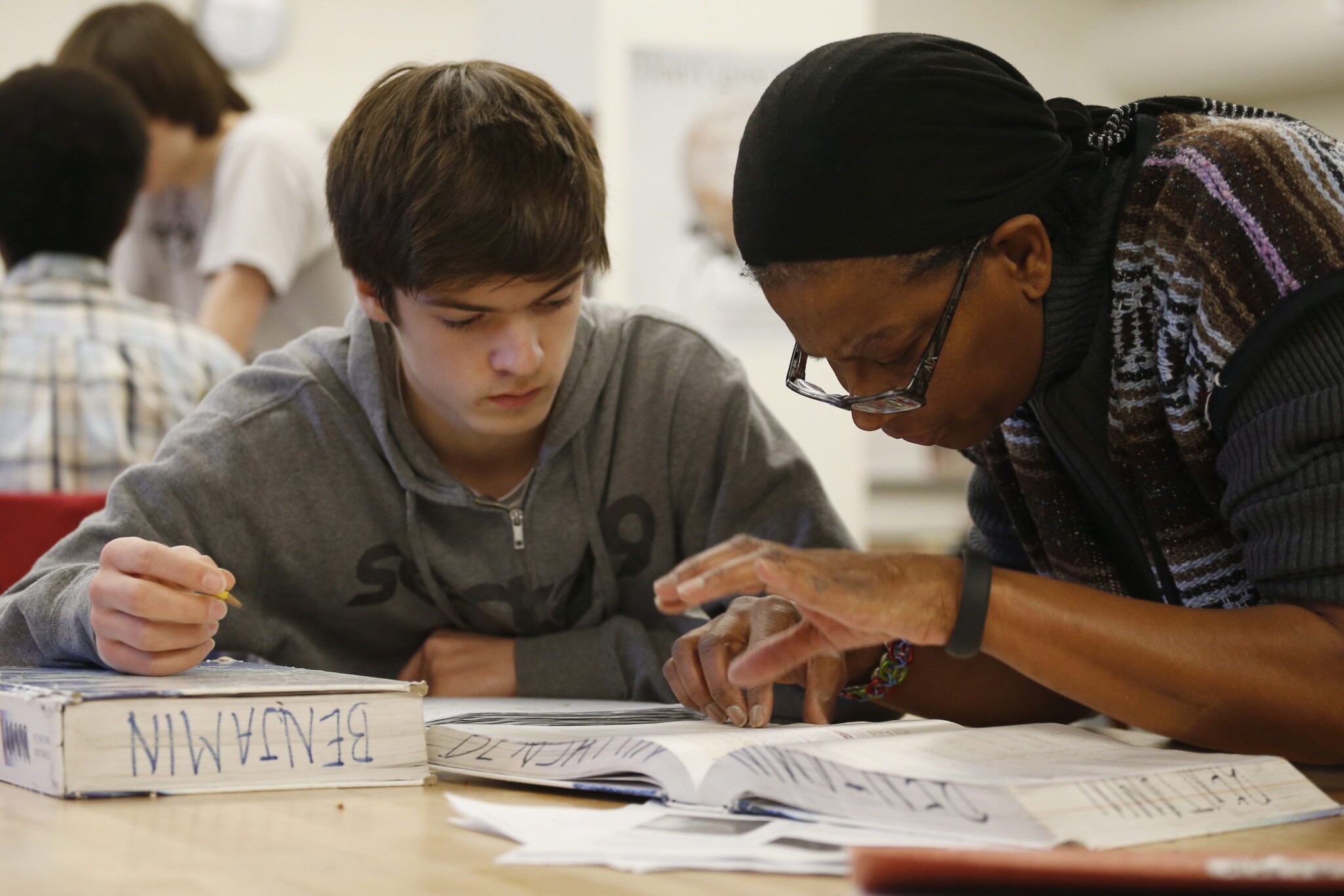Provincial school authorities have been slow to recognize the profound impact of ChatGPT and its competitors in our schools. Since its arrival in November 2022, generative AI has taken K-12 education by storm. It’s also completely altered the entire student assessment landscape and turned teacher-student relations into a peculiar “kabuki dance” over grades where students are pretending to write essays, and teachers are pretending to mark them.
This is obviously unsustainable.
The AI cat is out of the bag
Six in 10 (59 percent) Canadian students surveyed by KPMG in September 2024 reported using generative AI for their schoolwork, up from 52 percent a year earlier. More than 80 percent of those students are claiming generative AI-produced content as their own original work. While the quality of their work has improved, two-thirds of respondents (67 percent) admitted that they are not learning or retaining as much knowledge.
Generative AI is—without much acknowledgement—making all forms of student assessment, other than teacher-supervised term tests and examinations, virtually obsolete. The widespread and indiscriminate use of AI is, according to leading U.K. assessment expert Daisy Christodoulou, “a threat to the integrity of education everywhere.”
Jumping on board “AI in education” is the latest in a long succession of technology-innovation fads. While new technologies like AI cannot be ignored and must be, if possible, integrated into the regular teaching repertoire and the student evaluation process, it’s far wiser to take time to respond to the new technology without feeling pressure to change everything in response.
Yet, in the absence of foolproof detection methods, today’s classroom teachers are essentially left on their own to curb the proliferation of AI use among students. To date, AI detectors simply don’t work effectively enough in spotting machine-generated content, text, and visual representations. They also cause problems by missing real plagiarism and producing false findings, such as identifying human work as plagiarized.
Monitoring and curbing the misuse of AI remains an educational quagmire. Much of the policing is left to principals and teachers in high schools and to individual instructors in universities and colleges. School and university protocols are gradually emerging, but anecdotally, the responses vary widely, from requesting a do-over to flagging an instance and issuing a warning. Educators are reluctant to take a stand and award a zero unless they have the full backing of their principals or department heads.
Provincial school systems, school districts, and local principals, for the most part, lack the expertise, resources, and support to implement student assessments, administered by teachers or exam systems, to employ AI in a positive, constructive fashion.
The obvious solution: stick with what works
The most obvious solution is counterintuitive: retain and then expand the use of formal, supervised exams, hand-written or word-processed, to ensure the integrity of assigned marks. Such a strategy need not be an archaic step backward because digital marking programs can be employed in grading the scripts and easing teacher workloads.
And yet Canada’s education trend-setter, Ontario, is moving in the wrong direction. That province is set to discontinue provincial Grade 12 exams after June 2025, and other provinces have already, or will likely, eliminate standardized, time-limited, hand-written or secure online exams in the final years of high school. Substituting end-of-term projects or take-home assessments is now out of the question, and inventing alternative “demonstrations of learning” is fraught with difficulty that goes largely unrecognized by tech-driven system planners.
A four-point strategy for restoring grade integrity
Addressing the current problem would require a systematic curriculum and assessment review, spearheaded by the Council of Ministers of Education (CMEC), carried out province-by-province. Drawing upon whatever policy smarts and ed-tech expertise we can muster, a winning strategy would have to confront and tackle four critical issues:
1. Develop and expand teacher training and faculty of education preparation
Alert and awaken district superintendents, curriculum consultants, and classroom teachers to the misconceptions about assessments seeded by ed-tech evangelists and promoted through the widespread use of AI in classrooms. U.K. student assessment expert Christodoulou put it best: “What matters in a student assessment is not the end product; it’s what the end product tells you about the process the student went through to get there.”
2. Keep teacher-supervised handwritten exams
Challenge the prevailing assumption that exams need to go digital. Recognize that there are important cognitive benefits to handwriting. In cases where students know the final assessment is handwritten, they are also more likely to practice using that format, too, and less likely to use AI as their primary mode of operation.
3. Eliminate non-examined written assessments
Unsupervised writing assessments are no longer viable, so we do need to return to in-person exams. Our biggest challenge across Canada, from province to province, school to school, is to roll back and phase out any and all inadequately monitored and managed alternatives to formal exams. These are not only ripe for AI plagiarism but likely encourage it under current student assessment protocols. It’s no longer defensible to blindly trust that work submitted is actually that of the student.
4. Integrate where appropriate
Curtailing AI use by students does not necessarily mean banishing it from the education system, when it can be of great assistance to educators and university admissions offices. Currently, the vast majority of Canadian students apply to university with predicted grades, but AI is fully capable of speeding up the generation of actual results. Employing AI software programs like “No More Marking,” which can turn original handwritten script into an AI transcription, would actually reduce teacher workload, producing university admission grades faster, on time, and better aligned with the end of the school year.Additionally, growing numbers of teachers are utilizing AI programs to generate lesson plans, and that is becoming not only a handy time-saver but a popular shortcut. It puts teachers in a difficult position, however, when dealing with unacknowledged use of AI by students, many of whom use it as a convenient crutch when under time pressure or to cut corners in completing written assignments. It’s similar to teachers wedded to smartphones attempting to enforce cellphone bans or restrictions in classrooms.
Going back to the future
Integrating technology like AI into the learning and assessment process will take time to get it right for students, teachers, and school communities. What we can say for sure is that turning AI loose on our classrooms will only further widen educational inequalities and undermine the integrity of student grades in the K-12 school system. Stick with exams until we have worked out the bugs and curbed the deleterious effects of the bots.











